Though they first appeared in the mid-1980s, run flat tires (RFT) are now more popular than ever. With some auto manufacturers making them standard in new vehicles, more consumers are asking about run flats, their advantages, and how using them impacts driving.
Run flat tires are tires on which you can continue driving after a puncture so you can take time get to an auto shop or find a safe, level area to change your tire.
You can’t drive on them indefinitely, though. Check the manufacturer’s specifications to find out how fast and how far you can drive on your run flat tires. Bridgestone run-flat tires will allow continued operation even after a loss of some or all inflation pressure for up to 50 miles (80 km) at a maximum speed up to 50 mph (80 km/h.)
There are two primary types of run flat tire systems: the self-supporting system and the support ring system.
In most self-supporting run flat tire systems, the tire features reinforced sidewall construction that will continue supporting the vehicle in the event of air loss. This construction allows continued operation after the loss of air pressure up to the speed and distance specified by the manufacturer.
Support ring run flat tire systems, on the other hand, employ a ring of hard rubber or another structure that can support the vehicle’s weight in an air loss condition.
Since they continue performing even though they’re “flat,” all run flat tires, regardless of the specific system type, may only be used on a vehicle equipped with a Tire Pressure Monitoring System (TPMS). The TPMS alerts you as soon as one of your tires loses pressure. Without it, you might not know you were driving on an underinflated tire.
You don’t have to change your tire in dangerous or uncomfortable conditions. This is perhaps the biggest benefit of run flat tires and is the one of the reasons why they were designed.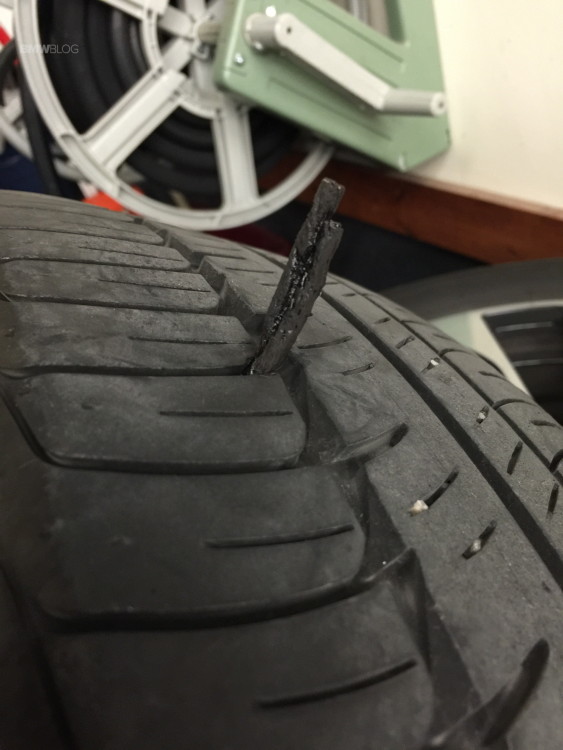 With conventional tires, you have to replace a flat on the spot or have your car towed.
With conventional tires, you have to replace a flat on the spot or have your car towed.
In a puncture situation, run flats are more stable than conventional tires. Since they’re made to support your vehicle even when they contain no air, run flat tires will help you maintain better control in a complete air loss situation than conventional tires.
As consumers continue rating safety high on the list of features they look for in a vehicle, the popularity of run flat tires is expected to grow. Since run flat tires work reliably with interconnected technologies like TPMS, it may only be a matter of time before they become the norm rather than the exception in new vehicles.
There’s never a good time for a flat. That’s why Bridgestone DriveGuard tires are masterfully engineered to keep you moving for up to 50 miles at speeds up to 50 MPH without disruption.
See Details Find Your Fit
There’s never a good time for a flat. That’s why Bridgestone DriveGuard tires are masterfully engineered to keep you moving for up to 50 miles at speeds up to 50 MPH without disruption.
That’s why Bridgestone DriveGuard tires are masterfully engineered to keep you moving for up to 50 miles at speeds up to 50 MPH without disruption.
Run flat tires have emerged as a reliable option for people who don’t know how to change a tire or would prefer to avoid it altogether for reasons of convenience or safety.
Although they’ve been around for decades, owners still have several questions on their reliability in an emergency. We’ve gone ahead and answered them here.
Run flat tires have been observed to last for around 17,000 miles (27,359 km), or 6,000 miles (9,656 km) less than conventional tires. Additionally, when a run flat tire gets a puncture, you can drive it for as far as 50 miles at 50mph under normal conditions provided that sudden motions like sharp turns or hard braking are avoided.
If you’re looking to learn more about how many miles you can get from run flat tires, how reliable they are in an emergency, how often they need to be replaced, their pros and cons, and more, keep reading!
Independent consumer-oriented research organization Consumer Reports found in 2013 that run flats had a far lower average tread life than conventional tires.
At about 16,560 versus 22,560 miles, they have to be replaced significantly more often.
This question is often asked with relation to how far one can go on a punctured run flat, and most major manufacturers put the distance at 50 miles under optimal conditions such as vehicle weight, their position on the vehicle, ambient temperature, etc.
They also recommend that you drive at 50mph to ensure you get the most you can out of the punctured tire.
This makes them a suitable option for people who don’t know how to change tires or would like to get rid of a spare to create additional storage space within their vehicle.
Before they were available for everyday vehicles, run flats were made for military and armored vehicles to avoid immobilization that would put them at a disadvantage when dealing with bad-faith actors.
For this reason, they’re recommended for people that would use them along lonely freeways, at night, or other similar situations so they’re not stranded and vulnerable.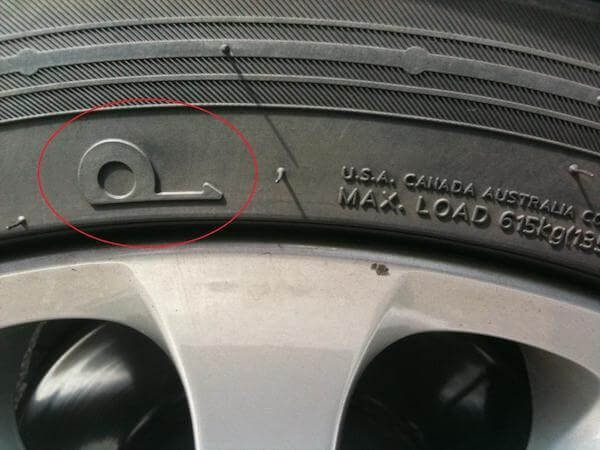
Overall, yes they do. In 2012, Bridgestone and BMW settled a class-action lawsuit that was raised in response to their run flat tires being less durable than was expected.
Honda and Michelin also settled a similar suit in 2009 over the tires in certain models of the Honda Odyssey and Acura RL.
These cases were over misleading marketing and while that has gotten better over the years, the tires still drag behind the conventional ones in terms of durability, discussed below.
A run flat can be replaced after they sustain a puncture, but it’s generally recommended that you shouldn’t.
Their internals consist of either a self-supporting or support ring system, and both are more complex than normal tires.
If a run flat gets a puncture, experts recommend a complete replacement rather than repair as its structural integrity will often not hold up too well after it’s been compromised the first time.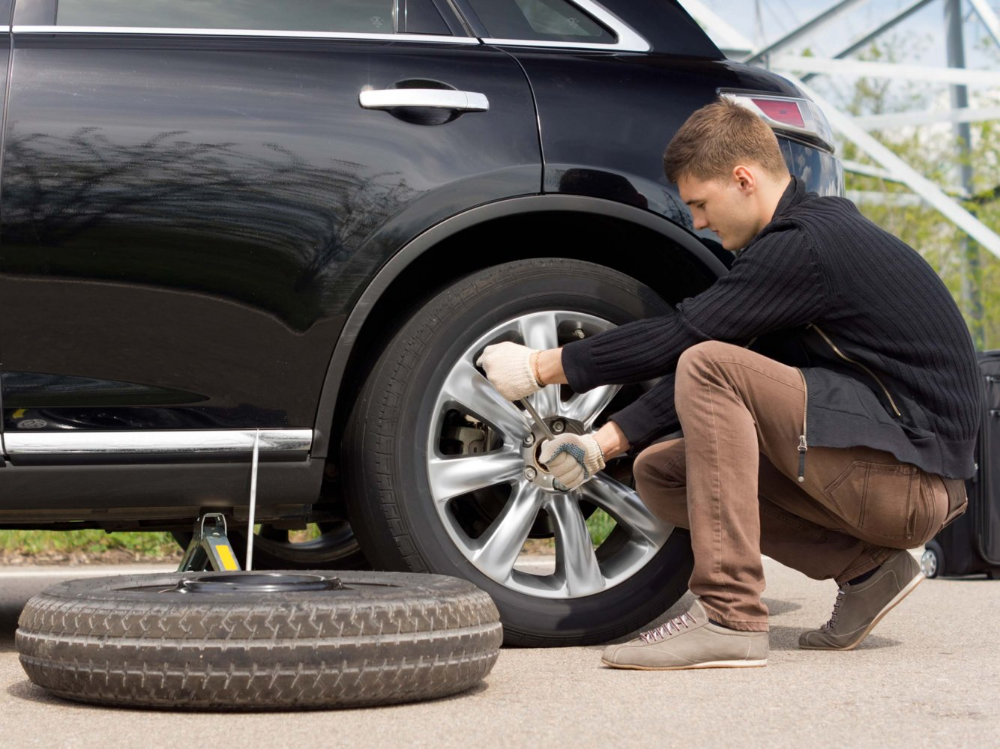
Other factors that necessitate replacement include the loss of rigidity and uneven wear that could make the tire more unstable and susceptible to future incidents.
Manufacturers recommend that you should not try to repair a run flat that has sustained damage from a nail, instead directing you to replace the whole thing.
This is because, as stated above, they are made with more components than traditional tires so it would be difficult to determine whether the nail inflicted more internal damage than assumed.
Like traditional tires, it is possible to replace a single run flat tire with wear or damage.
In most cases, it would cost more and be harder to find one that’s compatible with the rest of the set for reasons discussed further below.
If you’ve gone through the previous section and have decided to bite the bullet and switch over to traditional tires, the good news is that you can!
Today, they’re more common on certain models of BMW, Mini and Mercedes-Benz, all popular enough that it would be easy to find a compatible set of wheels from your local auto shop.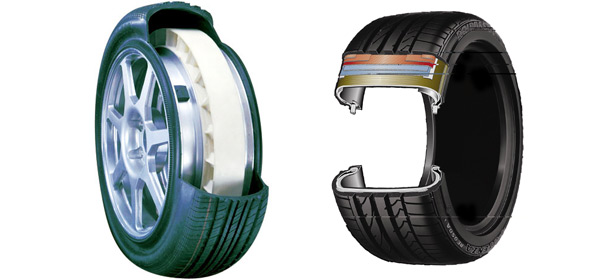
You would need to seek the advice of a professional to make sure that you’re getting the right fit for your vehicle depending on size, intended use, etc.
Most manufacturers that ship vehicles with run flats installed usually do this to free up the space that would have gone to having a spare, something that’s most evident with Minis, so if you switch over, you should have a solid alternative plan in case of a puncture.
Learn how to change a tire and find a way to fit a spare somewhere on the car, even if it isn’t a full-size one – just something that gets the job done.
Otherwise, You could also have a reliable towing service on hand, especially for when you’re driving through less populated areas or at night.
Toyota and Dunlop settled a suit regarding the run flat tires they used on some 2004 and 2005 all-wheel drive Siennas. The suit alleged that the tires started wearing after as little as 9,000 miles (about 14,500 km).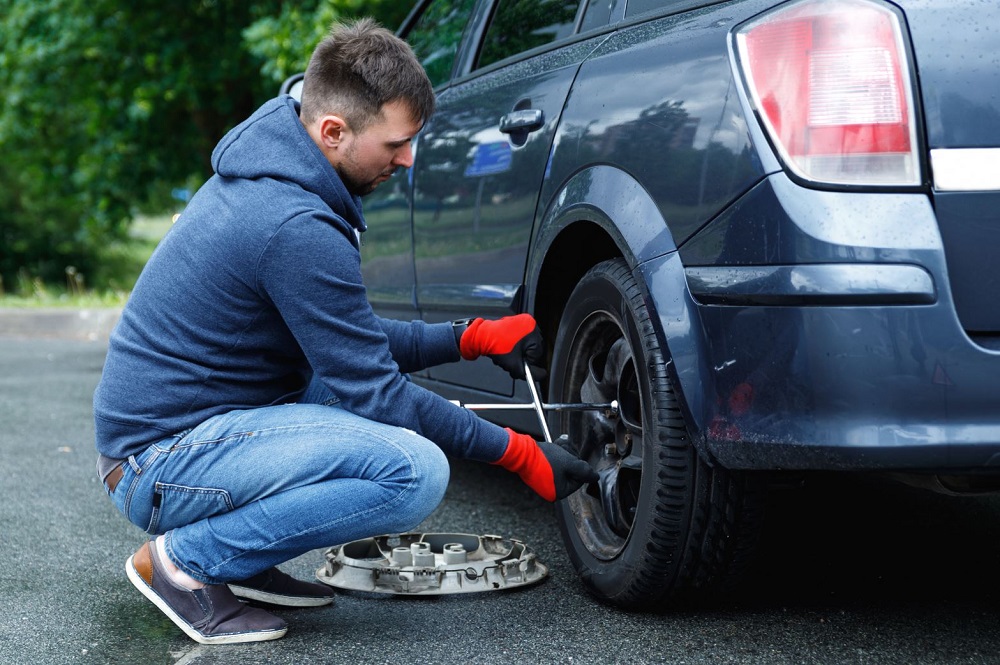
BMW owners of models such as the X5, 550, 535i, and more have reported getting anywhere from 20,000 miles to as high as 50,000 miles from their run flat tires.
Pirelli says that after a puncture, their run flat tires could go for at least another 50 miles at a maximum speed of 50 mph.
Continental advertises their self-supporting run flat tires as able to last an additional 80km at 80 km/h and providing an additional 80 liters (21 gallons) of trunk space.
Mini Cooper enthusiasts have estimated that considering factors such as the weight of the car, a Mini with a punctured run flat tire could go an additional 100 miles at 50 mph.
Mercedes Benz specialists place the vehicles’ run flat tires at 50 miles at speeds of up to 50 mph.
Bridgestone says that their run flat tires can provide the driver with 50 more miles at a maximum speed of 50 mph.
Michelin’s Zero Pressure brand of tires use run flat technology that provides 50 miles at 50 mph in the event of a puncture.
Goodyear uses its Run On Flat or Extended Mobility Technology (EMT) to manufacture run flat tires that last for an extra 50 miles at 50 mph when punctured.
Run flat tires are good for people who aren’t too skilled with changing tires on their own, but their adoption has stagnated at 15% over the past few years due to some pretty significant tradeoffs that go beyond the shorter life span mentioned earlier in this article.
For starters, due to their low market penetration, they’re harder to come by as they’re not stocked as widely, making them a less attractive option for use outside of large metropolitan areas.
This means that while they may get you to the nearest service station, you could end up waiting longer than usual to find a replacement, let alone one that fits your vehicle.
They’re also more expensive than conventional tires. Prices and estimates vary greatly depending on where you’re looking, but they’re always the costlier option, with a price tag that averages out within the mid hundreds.
As stated above, replacing the whole tire is recommended over repair when an issue arises so that definitely drives up the overall cost of owning them compared to the traditional variants.
Their construction means that they’re heavier and interfere with the smoothness of the ride and gas mileage. Their rigid side walls also mean that they’re not as good at absorbing shock, resulting in a rougher ride.
Detecting an issue with the tires could also be a problem, since they rely on onboard monitoring systems and you can’t tell if a tire needs fixing just from how the car handles as is the case with conventional tires.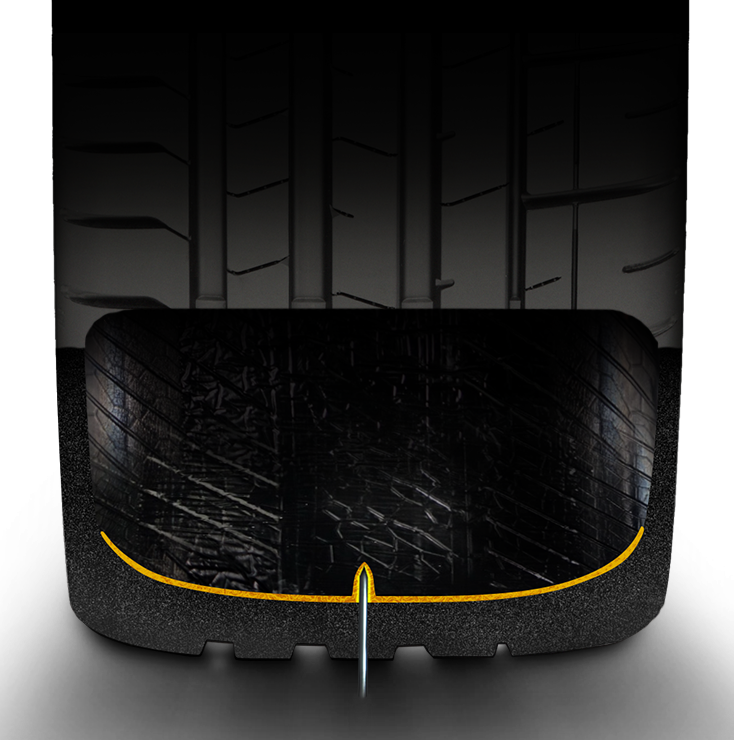
They’re hooked up to your car’s tire pressure monitoring system (TPMS) and if that should fail for whatever reason, you have virtually no way of knowing that something’s wrong until it’s too late.
To know more about flat tires, you can also read our posts on how common are flat tires, flat spots on tires, and blown-out tires.
Run flat tires are definitely an invention for convenience that allow a driver an additional 50 miles after a puncture to get themselves to help or safety.
However, they come with limitations such as higher costs, severely limited repair options and a much shorter life span.
Depending on your preference, they can serve their intended purpose with care and attention, but replacement with traditional tires is also possible if desired.
Consumer disputes over the age of tires have not subsided for several seasons. Buyers are excited that the warranty period for tires is limited to 5-6 years according to GOST, and after the expiration of this period, the rubber becomes unusable.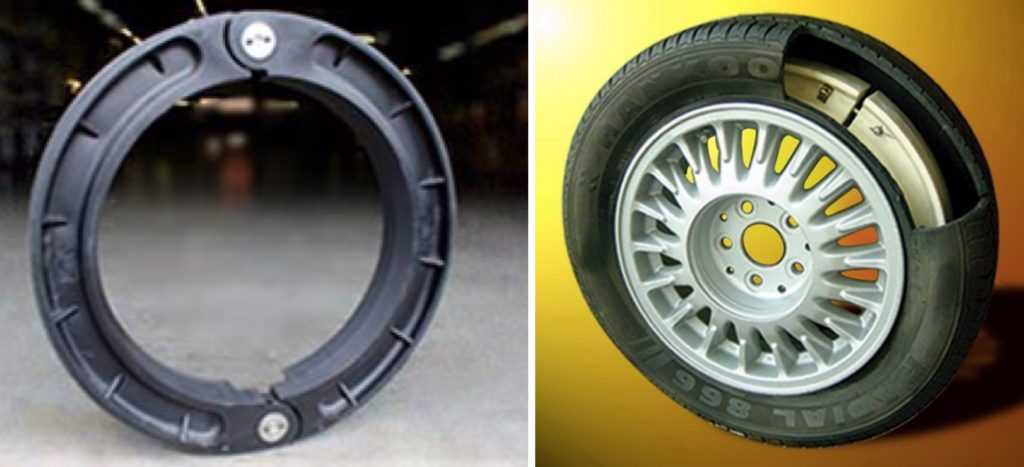
Is this really the case, read this article.
Manufacturers of most brands on their products set Shelf life is 5 years and service life is also 5 years .
The shelf life of a tire is the period during which it retains its performance when properly stored.
The end of this period does not mean that the tires have become unusable . A shelf life of 5 years is given by manufacturers because, by law, they cannot set a shelf life higher than the service life. Tires over 5 years of storage cannot be called damaged or defective, their technical characteristics may be slightly reduced. American researchers argue that the period of storage of "shoes" must be at least 10 years. Experts from Germany are sure that it cannot exceed 6 years.
The expiration date of tires is the warranty period during which the manufacturer is responsible for the quality and condition of the tire if it was used for its intended purpose without violating the operating rules.
According to Russian legislation (GOST 5513, GOST 4754-97) , the service life of tires is 5 years from the date of manufacture.
How can I find out the date of manufacture of tires?
You can find out the age of tires by a special DOT code. Tires manufactured after 2000 in the DOT code contain two pairs of numbers, where the first pair indicates the week number of the year, and the second pair indicates the year. Earlier tires before 2000 have 3 numbers in their composition, where the first two digits are the week number, and the last one is the year (see the transcript in the photo).
Determination of the average shelf life of a tire according to GOST and operating conditions.
- The symbol ZR denotes tires for high-speed cars. They are recommended to be used at speeds over 240 km/h. up to 6 years
- Tires with the H symbol are used at a maximum speed of 210 km/h. within 5 years.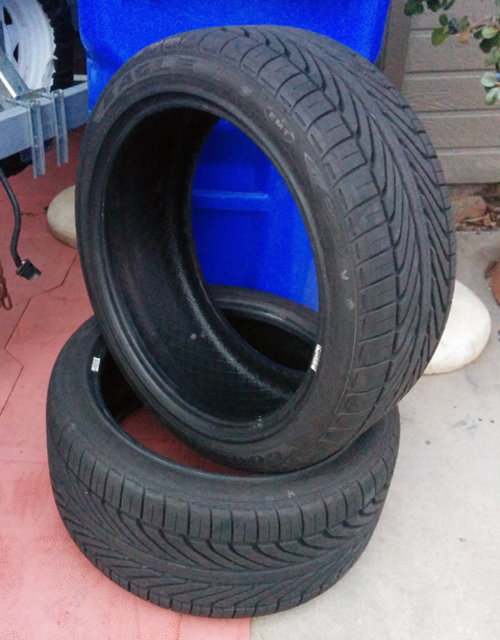
- The sign S symbolizes the maximum permissible speed of 180 km/h. and operational period of 4-5 years.
Most tire manufacturers do not agree that tire life is limited to 5 years. Each company has its own opinion on this matter. We analyzed several of them and the information they posted on their official websites.
Michelin
The French tire manufacturer Michelin has become famous for its active fight against the perception of the rapid aging of tires as a perishable product. Her information campaign "Tires Are Not Bananas" created a lot of noise in the automotive environment. According to the representative office, several test trials were carried out in Saudi Arabia, South Korea and Germany. As a result of testing, no difference was found between new tires and tires stored for 3 years. They were tested for various characteristics such as rolling resistance, high speed durability, etc. Tires with a year life were approximately equal in performance to 10-year unused tyres.
Tires with a year life were approximately equal in performance to 10-year unused tyres.
Michelin focuses the attention of car owners on the fact that tires are not a perishable product, their shelf life is not as important as the service life is important, starting from the date the tires are installed on the rims. It is from this moment that the tire is subjected to all tests: pressure, temperature changes, wear, contact with uneven and sharp coatings, etc.
Continental
On the Russian official website of Continental, we found the following information on the expiration dates of tires.
“When a tire is stored in the correct position and under the recommended conditions, it will not lose its original balanced performance for 5 years from the date of manufacture of the tire.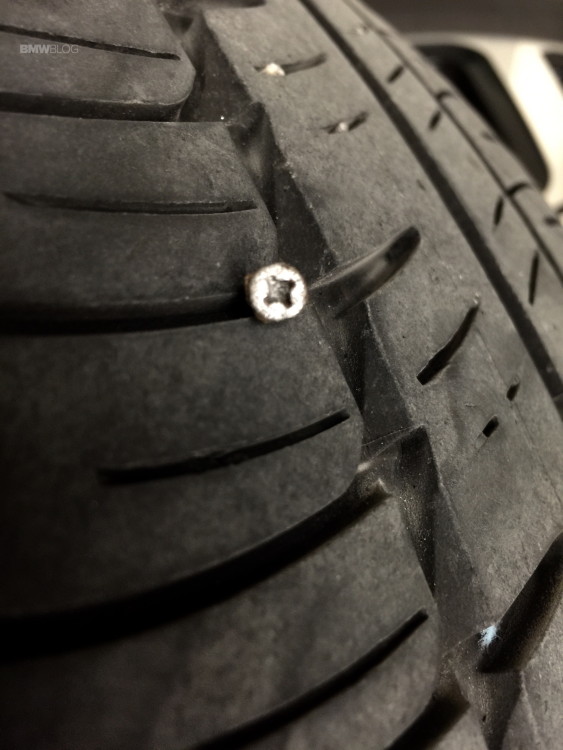
A properly maintained, unused tire less than 5 years old can be sold as a new tire and used normally.
Continental recommends replacing all tires (including spares) with a sidewall date greater than 10 years.
Nokian
The following information is posted on the Nokian official website:
“Tire life is not defined by law, but tires can only be considered “new” if they have been manufactured within the last five years. The recommended service life of tires is six years and the recommended maximum period is 10 years.
The opinion of our specialists, based on many years of experience, coincides with the opinion of manufacturers: the shelf life is 5 years + the service life is up to 10 years. Moreover, more "adult" tires, in our opinion, are of better quality.
To keep tires as long as possible, they are stored in compliance with all rules and recommendations. The main condition is a cool, ventilated, darkened room away from oils, paints, ozone, and heat sources.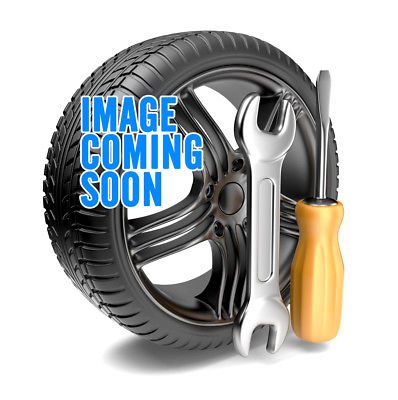
Rubber products tend to lose their performance over the years. To prevent and slow down this process, manufacturers add polymers to the rubber compound. They prevent oxidative processes that occur due to the interaction of protectors with oxygen and ozone.
The following are the main conditions for the proper storage of tires in accordance with GOST 24779-81:
Maintaining a constant regime without sudden jumps, slight temperature fluctuations from -30°С to +35°С are allowed;
Provide a low humidity level of 50-80% in a dry, ventilated cool room;
Avoid direct sunlight, use darkened hangars, shield heat sources;
Keep away from sources of heat;
Tires should not come into contact with corrosive, copper materials.
Avoid kinking, loading or positioning on an uneven surface.
Avoid contact with oils, organic solvents, acids, alkalis, fuels and lubricants on the tire surface.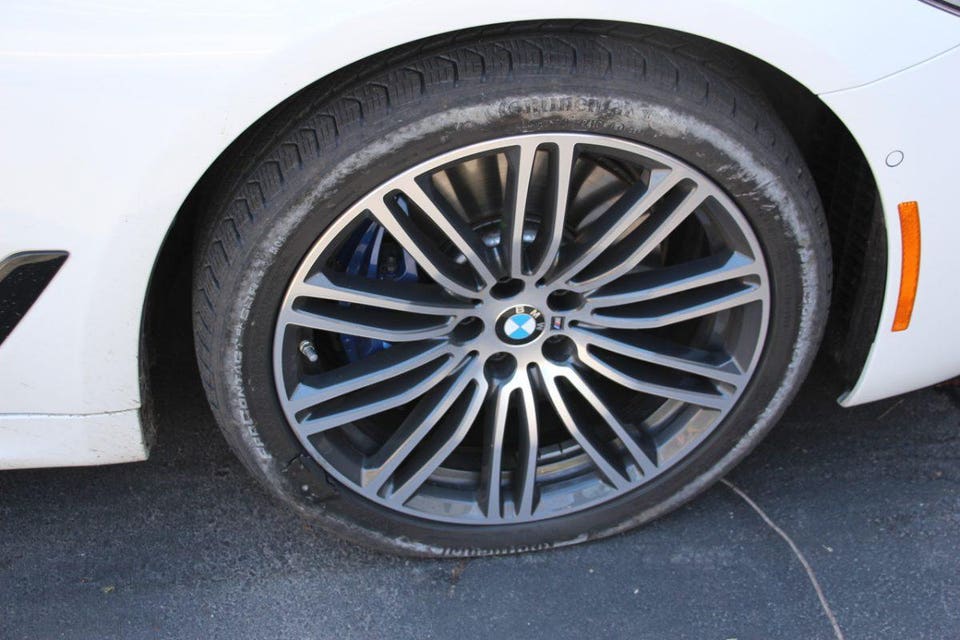 It is forbidden to lay tires on a wet and dirty surface.
It is forbidden to lay tires on a wet and dirty surface.
In the warm season, when storing tires outside, they should be covered with light-tight material and raised above ground level to ensure ventilation and prevent the occurrence of the greenhouse effect.
Storage on reflective, light and heat absorbing surfaces is prohibited.
Keep away from chemicals, oils, paints, open flames, electric motors that produce ozone.
Used tires must be washed and dried.
Tires without rims should be stored upright.
The service life depends on many factors: the load on the car, the quality of the roads, the driving style, the distance traveled, tire damage, etc. To increase their service life, follow these rules:
Check tire pressure every 2-3 weeks. With reduced pressure, tire wear increases by the equivalent of a % reduction.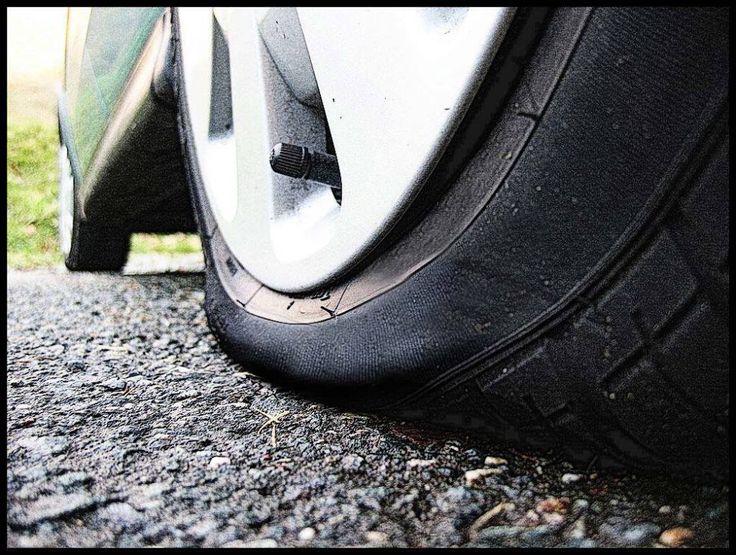 For example, a 15% reduction in pressure can result in a 15% reduction in service life. Inflated tires are less scary.
For example, a 15% reduction in pressure can result in a 15% reduction in service life. Inflated tires are less scary.
The wear of the front tires is always significantly higher than the rear ones, so it is recommended to swap them after some time, carefully watching the direction of the tread pattern and the direction of rotation.
Proper alignment of tires in relation to rims. If the direction is not the same, then performance is significantly reduced.
To prevent damage to the sidewalls of tires, avoid close proximity to curbs and high ledges.
Wash off dirt from the surface of the rubber and from deep grooves with special cleaning agents.
Adhere to an even driving style without harsh brakes and quick starts.
Do not overload the car beyond the norm. 20% excess weight leads to a 30% loss of tire life.
Keep the wheels balanced and check the alignment angles annually.
The main condition for a long tire life is:
- high quality products,
- careful operation,
- proper storage of tires in the off-season,
- timely diagnosis.
The age of tires in standard storage is a minor non-determining factor that should not be taken into account when buying them.
Previous article Next article
Motorcycle tires are no different from car tires in this case, the same rules apply to them.
Let's look at the features of use that affect the shelf life, depending on the season and car.
Summer tires are tasked with evacuating water and keeping the car on the track. The clear leader among them in terms of quality is Pirelli.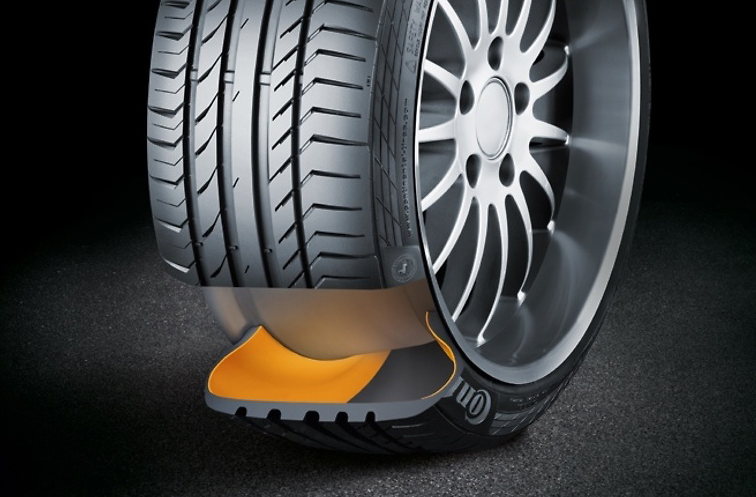 Pirelli is a regular in car racing sports competitions, it is distinguished by high-quality drainage and excellent road holding at high speeds.
Pirelli is a regular in car racing sports competitions, it is distinguished by high-quality drainage and excellent road holding at high speeds.
It is impossible not to mention the manufacturer Michelin (Michelin). Their tires have excellent traction and environmental friendliness.
Shelf life limited to 10 years.
However, Michelin makes the most resilient tires that last a long time, often exceeding advertised standards.
Winter tires are distinguished by a softer rubber composition and the presence of sipes (cuts in the tread).
Let's discuss how long winter tires can be stored. The answer is logical: as much as the summer one. Despite the softer composition, the coating also deteriorates and loses its properties. This applies to both studded and friction tires ("Velcro").
In winter, you need to be especially vigilant: due to the temperature difference, the pressure in the tire may be less than it was.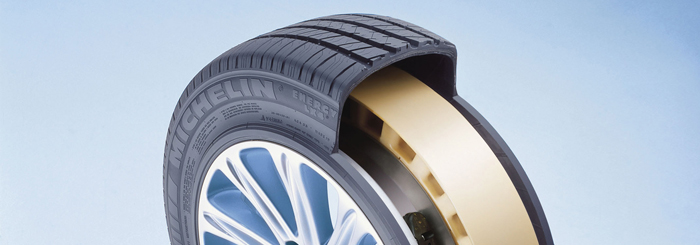 It is worth keeping it at 2.2 atm for safety and better preservation. When driving on the highway, it is important to remember that an icy road threatens to skid and fly into the oncoming lane.
It is worth keeping it at 2.2 atm for safety and better preservation. When driving on the highway, it is important to remember that an icy road threatens to skid and fly into the oncoming lane.
Modern driving requirements are quite strict: fast acceleration, good braking. Otherwise, the driver increases the risk of creating accidents. The concept of "all-season" is relative: there is not and cannot be such a tire that would work well both in winter and in summer.
"All-season" is an archaism of our fathers and grandfathers, who cut through free roads in their Volga, Zhiguli and Moskvich. For a modern passenger car, the most suitable tires for this category are:
For large SUVs :
For all passenger car tires that can be called all-season, there is one rule: the presence of sipes (slots in the tread) and more serious lugs for driving on unstable surfaces.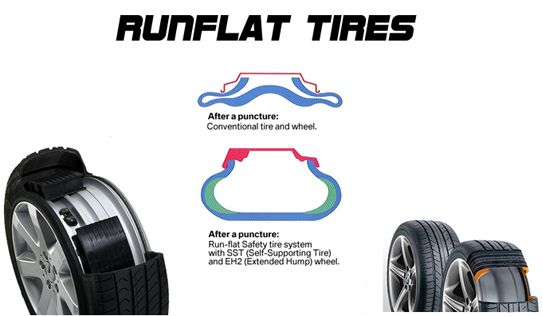
A tire for a truck has a massive cord (base made of steel and polymer threads), but according to the rules of maintenance and use, it differs little from a passenger car. Its price is quite high, so often the protector is welded on for further use.
This is fraught with consequences in the long run: the wheel tire can literally burst. Therefore, the recommended operating time is up to 5 years.
Vehicle manufacturers, as a rule, supply inexpensive tires to factories, for example, the Minsk Tractor Plant (MTZ) cooperates with the Altai Tire Plant. The Kirov Tire Plant (KShZ) also makes a lot of inexpensive truck tires.
It happens that a certain number of tires do not reach the client, there is not enough space in the warehouse, and the question arises about their future fate.
Tires without operation for more than 5-10 years cannot lie in warehouses and must be disposed of.

They are recycled and re-manufactured into paving slabs, treadmills and other rough rubber products.
There are a huge number of tire manufacturers on the market today. We will consider only the main, most popular ones.
All of the following have a maximum shelf life of 10 years from date of manufacture.
Continental is a German mark dating back to the 19th century. Continental is supplied to many car factories and is a "native" tire for many cars. Valued for its traditional German quality, but "bites" the price.
Dunlop is an old English company, the founder of pneumatic tires. Dunlop Corporation manufactures its products all over the world, deliveries from Asia are the most common in Russia.
Nexen is a good Korean brand, characterized by regular demand: it acts as a price / quality product, although it is inferior to Hankuk in popularity.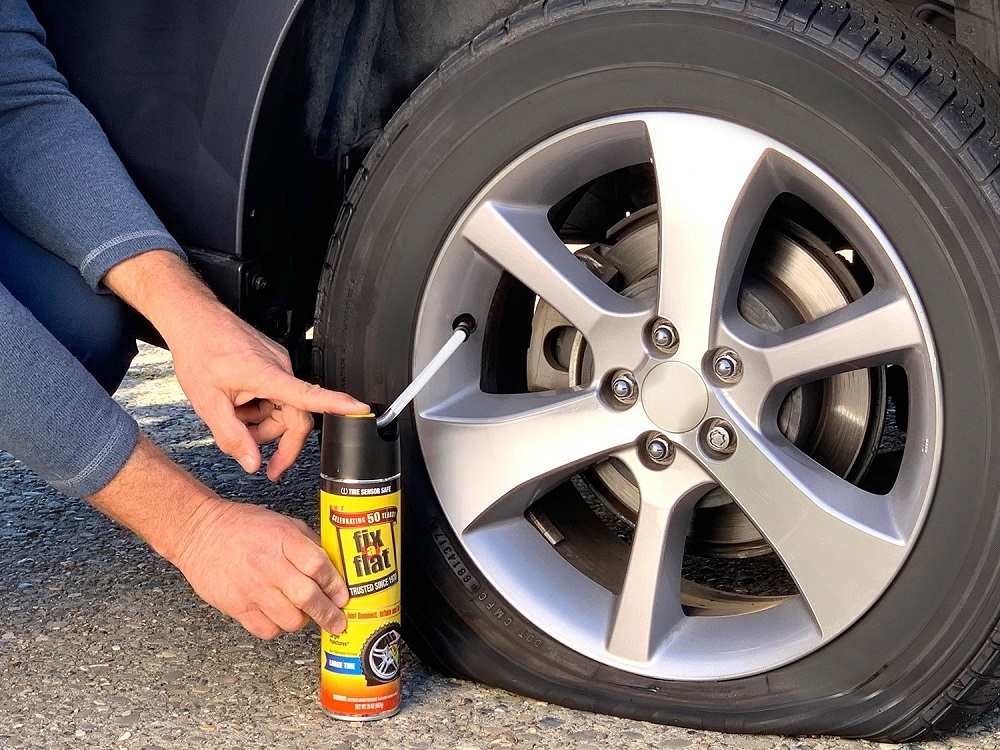
Bridgestone (Bridgestone) used to hold a leading position in the Russian market with its IC 7000 model, but recently the Yokohama brand has taken over the baton of leadership among Asian manufacturers.
Nokian ( Nokian) - the ancestor of winter tires. Traditionally, the company is a leader in the winter theme. We have our own testing ground, a very strong representation and production in the Russian Federation.
At the moment, the production of Amtel passenger tires has been discontinued, but a good analogue has appeared on the market: the Viatti brand from the Kama plant has already earned respect from motorists for its inexpensive price and excellent quality. Domestic Cordiant wheels are also distinguished by their low price and acceptable quality. The Nordman and hakapelita brands are highly valued among the people.
Before buying it is necessary to determine the year of manufacture of the tire.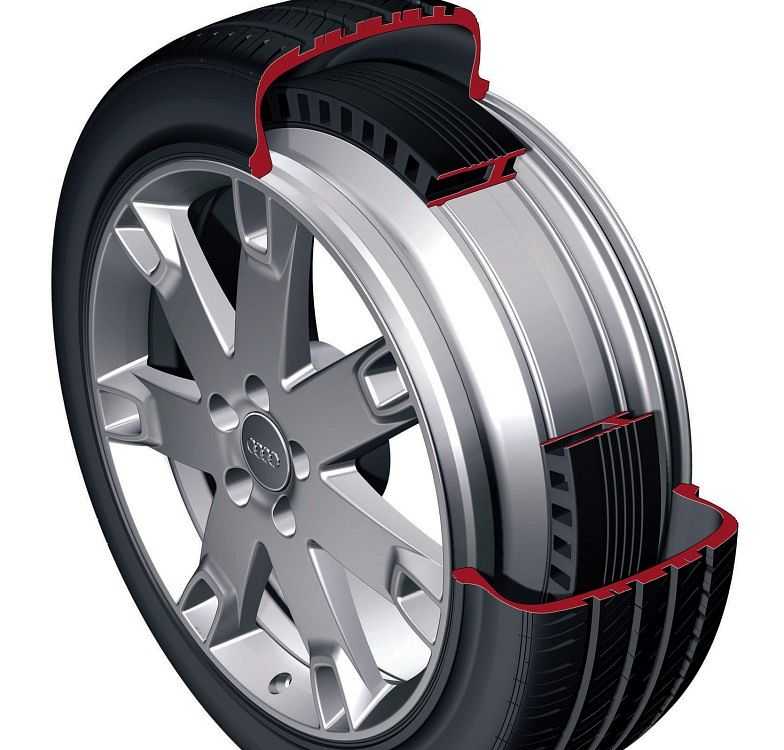 Old rubber loses its elasticity and may crack during driving.
Old rubber loses its elasticity and may crack during driving.
The date of manufacture is written on the sidewall of the wheel in a small oval and consists of four digits: the first two are the week of manufacture, the second are the year. You need to add 10 years to the specified year and understand whether the product is good or not.
The seasonal life of tires is limited by a temperature of +6: for summer - this is the lower limit, for winter - the upper one.
The total period depends on many factors:
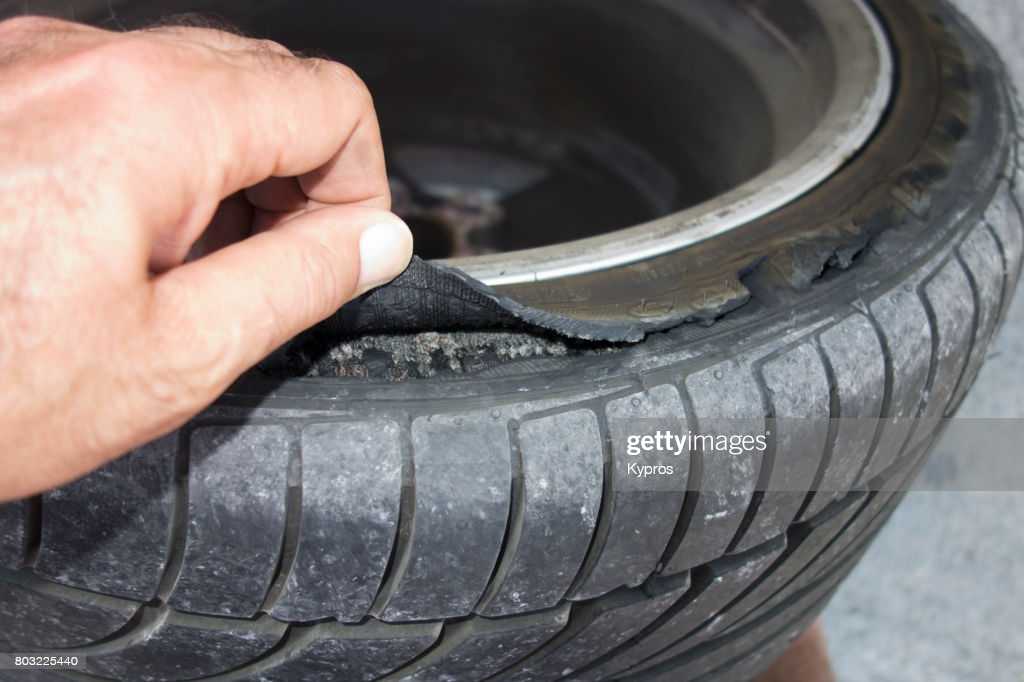
To measure how far a tire has traveled, it is necessary to note the number of kilometers on the odometer when installing the wheels.
After purchasing new tires, buyers put them in bags so as not to stain the interior. You should know that storage in bags is extremely harmful: the rubber swells and cracks form.
On cars predominantly made in Bavarian, one can increasingly see the use of runflat technology: tires reinforced with an additional cord that allow you to get to the nearest tire service in an unforeseen situation. For the rest, it is advisable to have a spare tire with you. It will not be superfluous to have a set for repairing punctures on the road.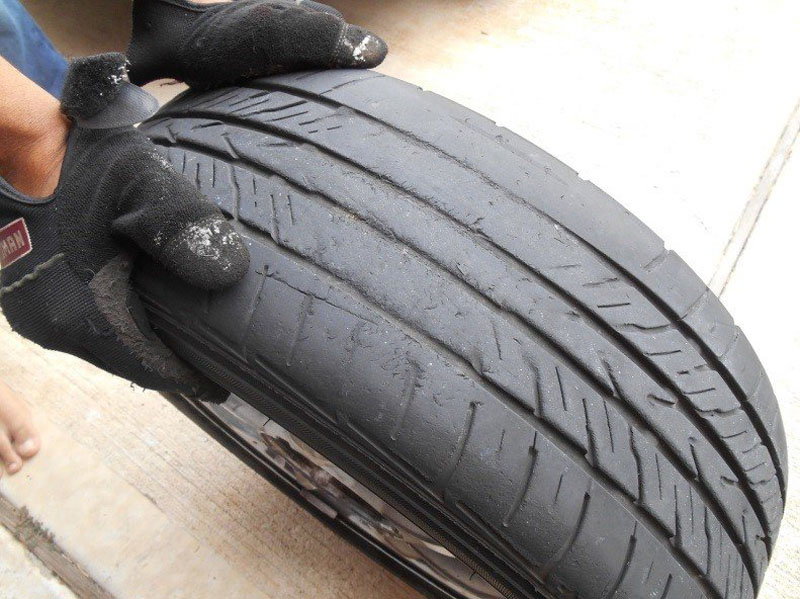
This set includes two tools: a drill and a loop. Before starting the repair, it is necessary to go through the hole with a hand drill, expanding it, then insert the tourniquet into the loop and glue the previously degreased hole with glue. The next stage of the repair is the most important: with a sharp movement, we push the tourniquet, fixed in the loop, into the hole and pull it back out. Then you need to cut off the remnants, wait until the glue dries, and pump up the wheel. All! You can go!
Rubber must be recycled after the safe use period.
Disposed of as follows: separated from the cord, which is melted down, and the rubber is processed into pellets used in the production of rubber paving slabs and running tracks.